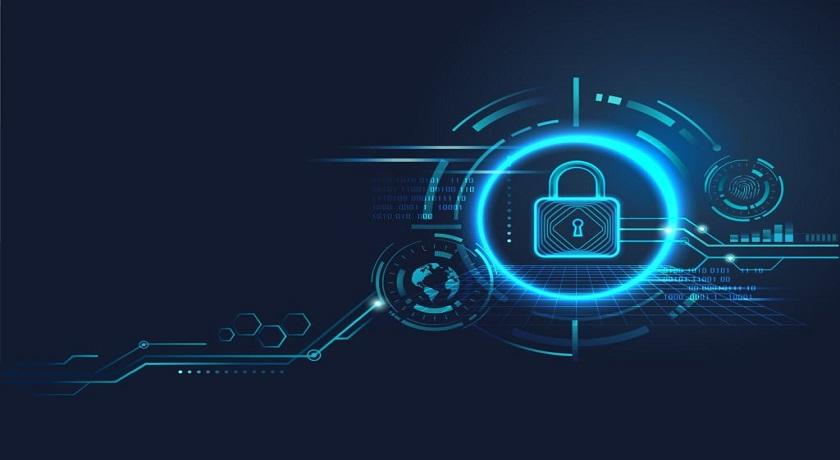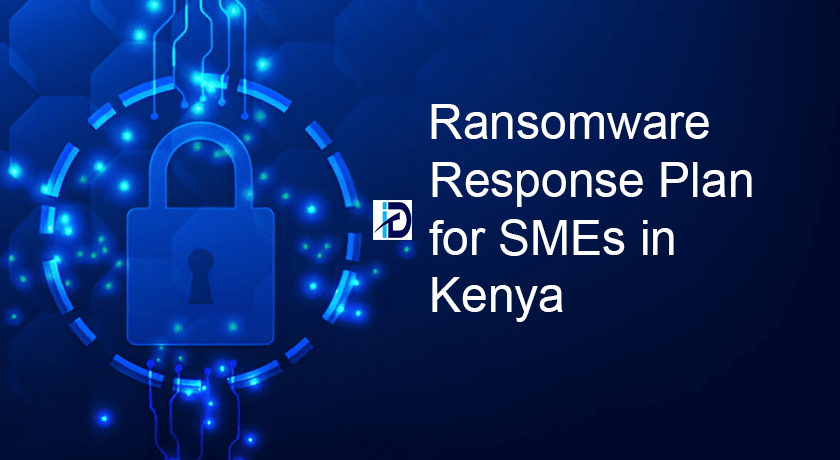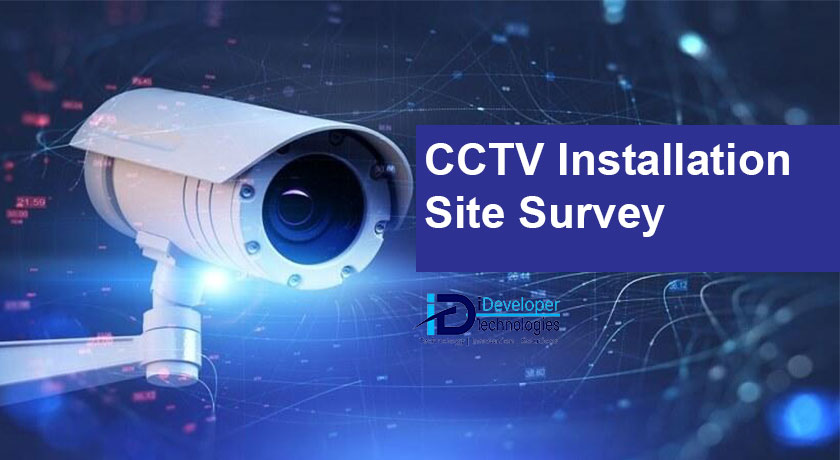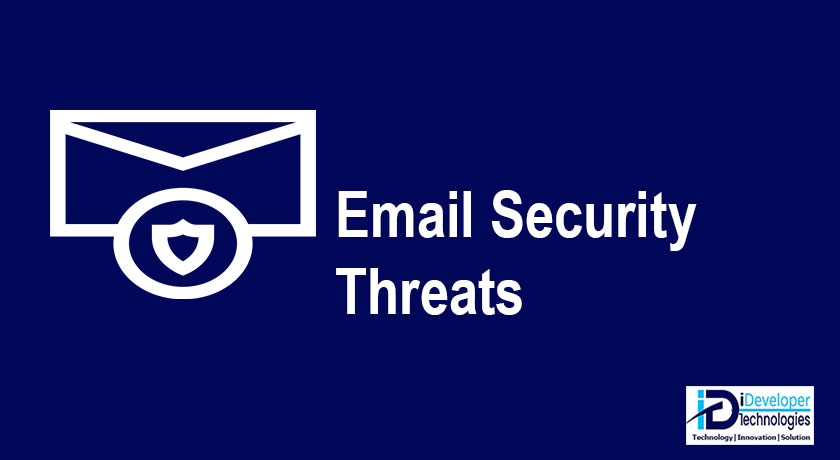Ransomware attacks pose a significant and escalating threat to businesses. Ransomware Response plan is critical…

EndPoint Security Fundamentals For SMEs in Kenya
Global cyberattacks surged by 38% in 2022, as reported by a reliable source. This alarming increase underscores the growing frequency and sophistication of cyber threats, and the need for Endpoint Security for Business Kenya.
In response, a staggering 65% of organizations are slated to bolster their cybersecurity budgets in 2023, according to another reputable source. Despite this proactive approach, cybercriminals are poised to refine their tactics and exploit vulnerabilities with impunity.
Inevitably, successful ransomware attacks and the illicit trade of personally identifiable information (PII) and other valuable data on the dark web will persist.
Read: What is Endpoint Security
To mitigate these risks, investments in advanced security measures such as multifactor authentication (MFA), antivirus software, endpoint detection and response (EDR), mobile device management (MDM), and mobile threat defense (MTD) are recommended.
These technologies offer essential layers of defense against evolving cyber threats.
However, it’s imperative not to overlook the significance of fundamental endpoint security practices. Neglecting these basics is akin to renovating a structurally compromised building without addressing its foundational flaws—a risky endeavor, to say the least.
Just as construction projects require permits and rigorous inspections to ensure structural integrity, safeguarding digital assets demands adherence to established security protocols.
Much like a sturdy edifice relies on a robust foundation, a robust security posture hinges on sound endpoint security for Business in Kenya. This is where the essence of fortifying organizational defenses lies.
Read: 4 Tip for SME Data Backup Strategy
Endpoint security fundamentals for Business in Kenya
Endpoint security fundamentals for business in Kenya constitute a pivotal component of an effective security framework.
Even the most sophisticated security solutions can falter in the absence of these foundational principles, which often become obscured amidst the labyrinth of disparate IT tools and the relentless demands of daily operations—be it an overwhelming workload, understaffing, or a shortage of expertise.
Adhering to best practices during the onboarding and management of endpoints can markedly enhance your organization’s resilience against cyber threats.
Here’s where to begin:
#1. Establish and maintain comprehensive visibility and control over endpoints: Gain deep insight into endpoint activities and enforce necessary controls to mitigate risks effectively.
#2. Streamline patching processes to ensure consistency and mitigate vulnerabilities: Simplify patch management procedures to minimize gaps in security coverage and maintain a robust defense posture.
#3. Harden endpoints to minimize attack surfaces: Strengthen endpoint security configurations to reduce susceptibility to cyber intrusions and fortify your organization’s defenses.
#4. Implement a robust backup strategy: Establish a reliable backup regimen to safeguard critical data and facilitate swift recovery in the event of a security breach or system failure.
Let’s delve deeper into each of these critical components to bolster your organization’s endpoint security posture.
Deep visibility into Endpoints Security
After all, you can’t effectively secure what you can’t perceive. Sustaining real-time, in-depth insight into all managed devices accessing your network empowers traditionally reactive IT departments to adopt a proactive stance, thereby enhancing user support and organizational resilience.
Preemptively addressing potential issues prevents them from snowballing into impediments to productivity or, worse yet, unwittingly paving the way for cyberattacks.
 This proactive approach is a collective victory for the entire team ensuring Endpoint Security for your Business Kenya. Continuously monitoring endpoints to identify instances of non-compliance, which can introduce security vulnerabilities, is paramount. Equally critical is the ability to promptly remediate such deviations to reinstate compliance.
This proactive approach is a collective victory for the entire team ensuring Endpoint Security for your Business Kenya. Continuously monitoring endpoints to identify instances of non-compliance, which can introduce security vulnerabilities, is paramount. Equally critical is the ability to promptly remediate such deviations to reinstate compliance.
Key facets of endpoint visibility encompass:
- Real-time monitoring and management of all endpoints
- Establishment and enforcement of device policies to maintain security standards
- Detection and management of unauthorized devices
- Identification of known vulnerabilities within the endpoint ecosystem
- Timely alerts regarding security-related activities
By leveraging these capabilities, organizations can bolster their defensive posture and safeguard against potential cyber threats more effectively.
Endpoint hardening
When IT administrators are asked to identify their most challenging tasks, patching consistently emerges as a top contender.
Considering the multitude of applications deployed and managed, the volume of patches requiring application (often repeatedly due to unforeseen complications).
The complexities associated with patching endpoints utilized by remote workers and frequent travelers, and the imperative to minimize disruptions for users spanning various regions and time zones, it becomes evident that patch management is a daunting endeavor.
However, despite its intricacies, patching remains an indispensable element in the ongoing battle against cyber threats.
To effectively address these challenges, your patching solution should, at the very least, facilitate the following:
- Daily identification of known vulnerabilities
- Patching of operating systems, applications, drivers, and firmware
- Immediate remediation of critical vulnerabilities
- Prompt deployment of additional patches within reasonable timeframes
- Validation and comprehensive reporting on patch outcomes
View: Managed IT Services Solution for SMEs in Kenya
By ensuring the implementation of these essential functionalities, organizations can fortify their defenses against cyberattacks and minimize their susceptibility to exploitation through unpatched vulnerabilities.
Reliable backups
Drawing from our experience working with three backup and recovery (BAR) vendors throughout my tech journey, I’ve come to appreciate the critical importance of dependable backups.
From failed and sluggish backups to network performance degradation during backup processes, complexity in scheduling and managing various backup types (such as full, incremental, and differential), and the adherence to essential practices like the 3-2-1 rule (ensuring three copies of data on two different media types with one copy stored offsite for disaster recovery), the landscape of backup management remains multifaceted.
Cloud Data backup and Recovery Solutions in Kenya
In essence, backups stand as a formidable defense mechanism against the threat of ransomware attacks. While BAR solutions share common features, several key considerations warrant attention when evaluating options:
- Dependable cloud-first file and folder, as well as image backups
- Flexible storage options encompassing cloud-only, local, and hybrid configurations
- Comprehensive coverage for Windows and macOS endpoints, alongside server environments
- Implementation of robust encryption and multifactor authentication (MFA) for securing file restores
- User-friendly, self-service capabilities for seamless file restoration processes
These criteria underscore the importance of selecting a BAR solution that not only meets immediate backup needs but also aligns with broader security and operational objectives.



